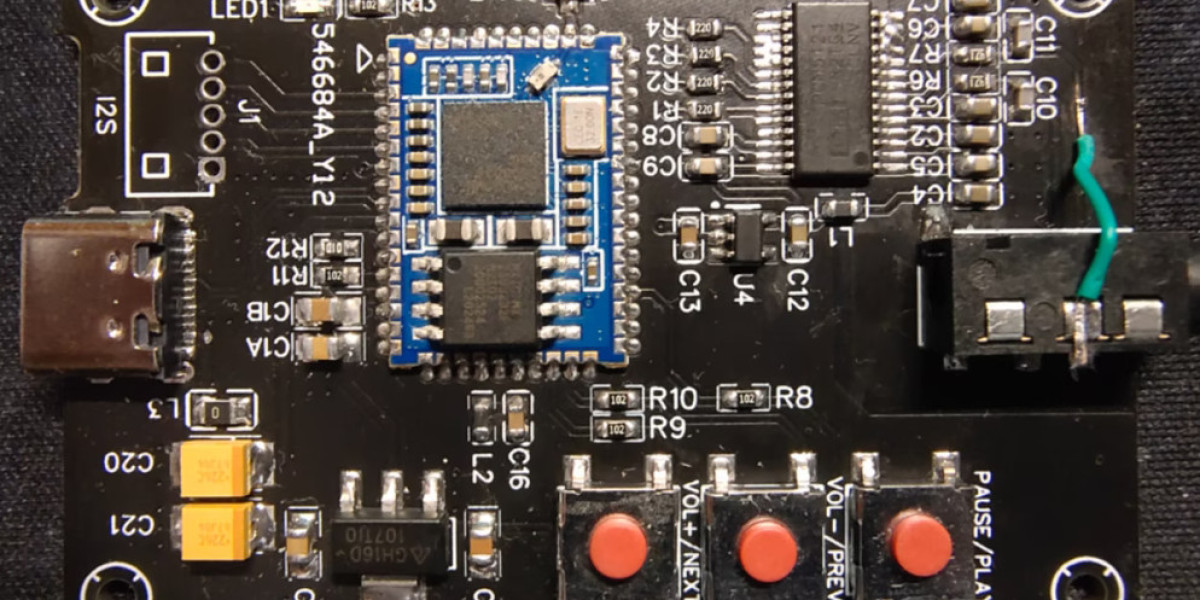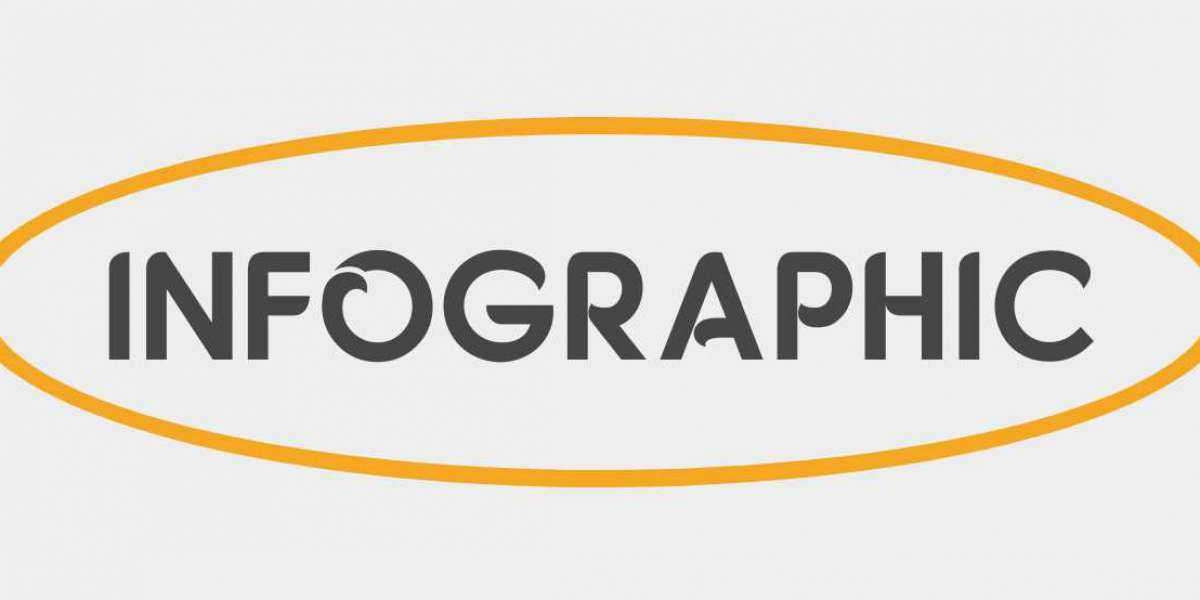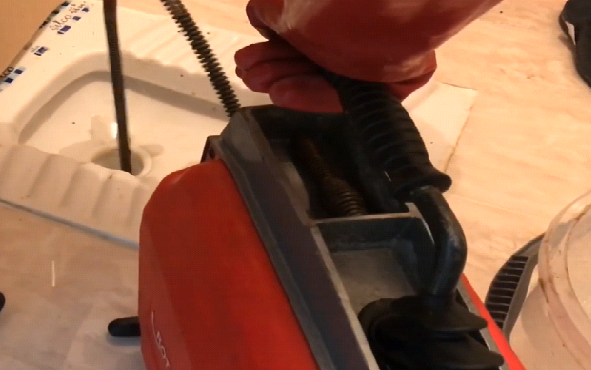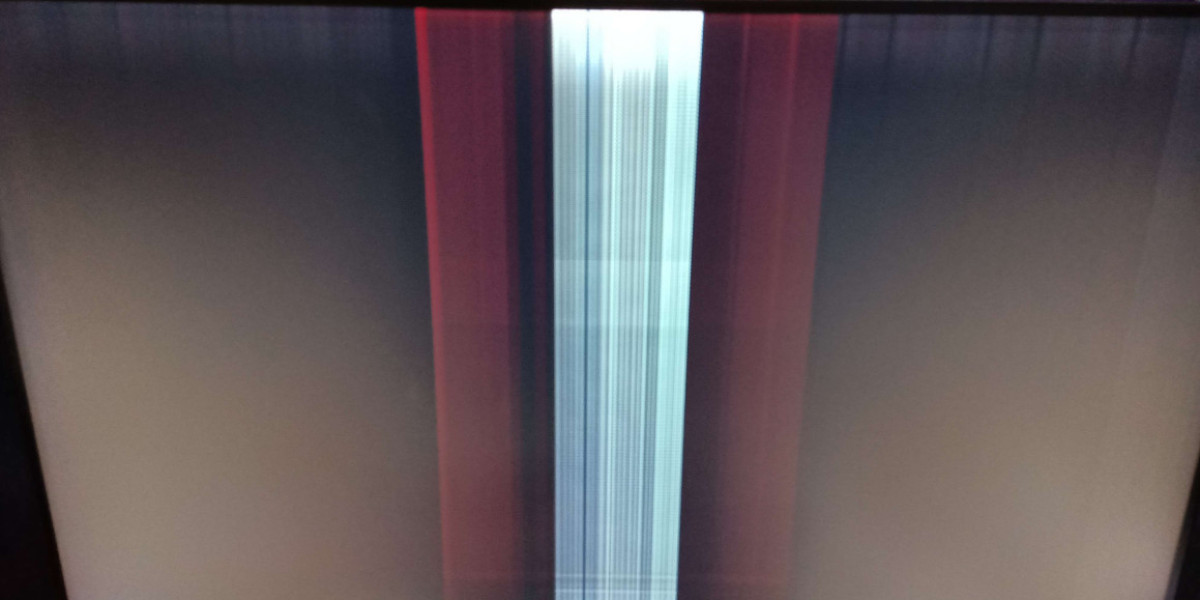Detector chips are indispensable components in modern electronic systems, enabling devices to detect, measure, and analyze physical or chemical phenomena. From medical imaging to environmental monitoring, these chips play a crucial role in converting real-world signals into actionable electronic data. In this article, we explore the technical principles, product classifications, applications, and benefits of detector chips, shedding light on their transformative impact across industries.
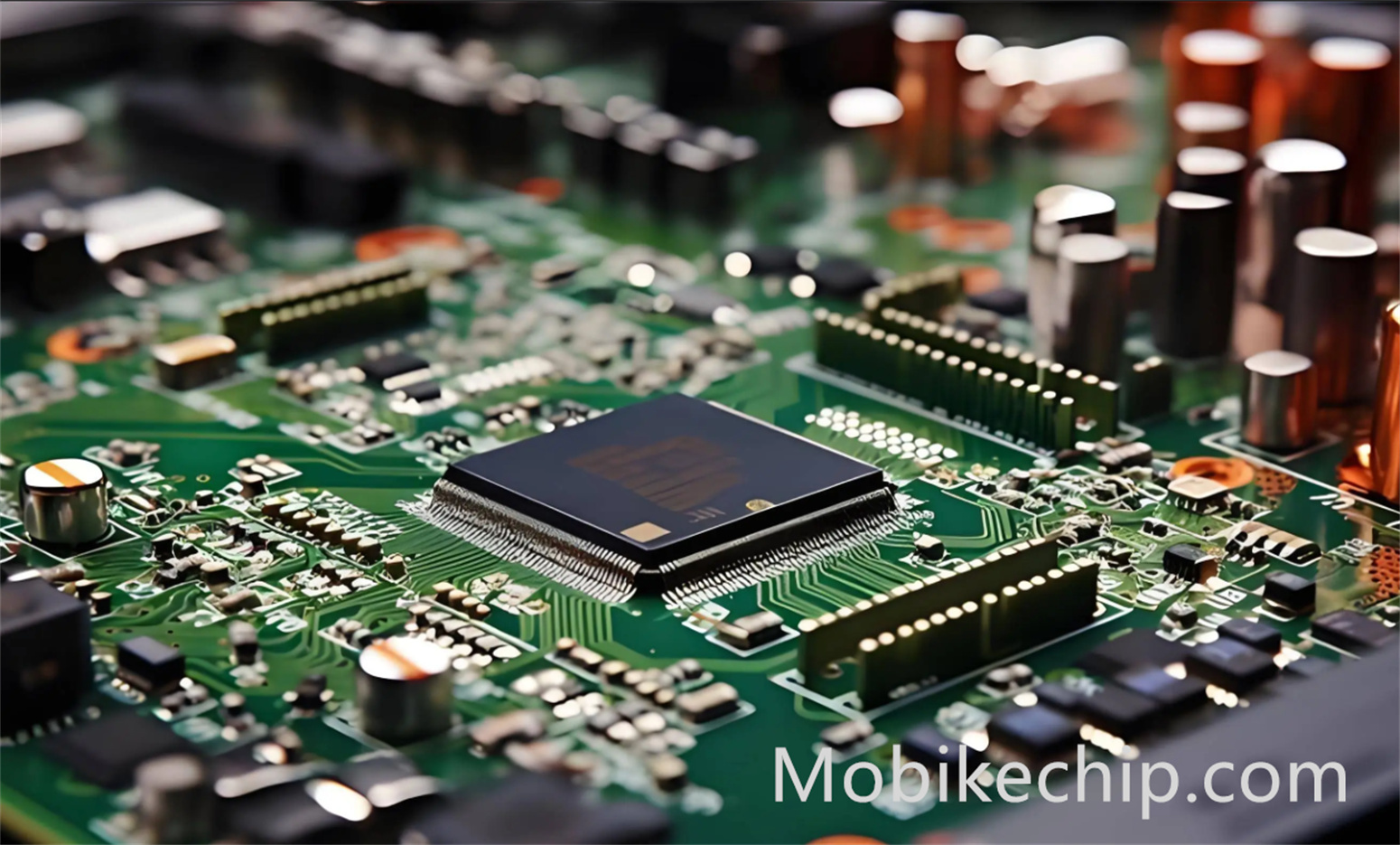
Understanding Detector Chips
Detector chips are semiconductor devices designed to identify and quantify various signals, including light, sound, radiation, or chemical substances. Their primary function is to sense these inputs, convert them into electrical signals, and process them for downstream applications. These chips are the heart of many sensor systems, combining sensitivity, accuracy, and miniaturization.
At their core, detector chips rely on three key processes:
- Signal Detection: Capturing an external stimulus, such as photons, sound waves, or gas molecules.
- Signal Conversion: Transforming the stimulus into an electrical signal using mechanisms such as photoelectric effects or piezoelectricity.
- Signal Processing: Enhancing, filtering, or analyzing the electrical signal for specific applications.
Their integration with advanced microelectronics has made them faster, more energy-efficient, and adaptable to a wide range of environments.
Types of Detector Chips
Detector chips are categorized based on the type of stimulus they are designed to detect. Below are the main classifications:
1. Optical Detector Chips
Optical detector chips, also known as photodetectors, are engineered to sense light or other electromagnetic radiation. These chips are widely used in imaging, communication, and optical sensing systems.
- CMOS Image Sensors: Capture light to produce digital images, commonly used in cameras and smartphones.
- Photodiodes: Detect and convert light into current, utilized in light meters and optical communication systems.
- Infrared Detectors: Sense IR radiation, vital for thermal imaging, night vision, and remote temperature sensing.
- Photo Detectors - Remote Receiver
2. Radiation Detector Chips
Radiation detector chips are used to monitor and measure ionizing radiation, including X-rays and gamma rays.
- Scintillator Chips: Convert radiation into visible light, often paired with photomultiplier tubes for medical imaging.
- Semiconductor Radiation Detectors: Provide high-resolution detection, commonly used in spectroscopy and nuclear instrumentation.
3. Chemical Detector Chips
These chips are designed to detect and analyze chemical substances, playing a critical role in environmental monitoring, healthcare, and industrial safety.
- Gas Sensors: Identify gases like carbon monoxide, methane, or oxygen for safety and environmental applications.
- pH Sensors: Measure acidity or alkalinity in solutions, frequently used in laboratories and industrial processes.
- Bio-detectors: Detect specific biological molecules for medical diagnostics or food safety.
4. Acoustic and Vibration Detector Chips
These chips detect sound or mechanical vibrations and are widely used in audio equipment, industrial monitoring, and structural health analysis.
- Micro-Electro-Mechanical Systems (MEMS) Microphones: Capture sound with high sensitivity, often found in smartphones and hearing aids.
- Piezoelectric Detectors: Generate electrical signals in response to mechanical pressure, used in vibration monitoring systems.
Technical Principles of Detector Chips
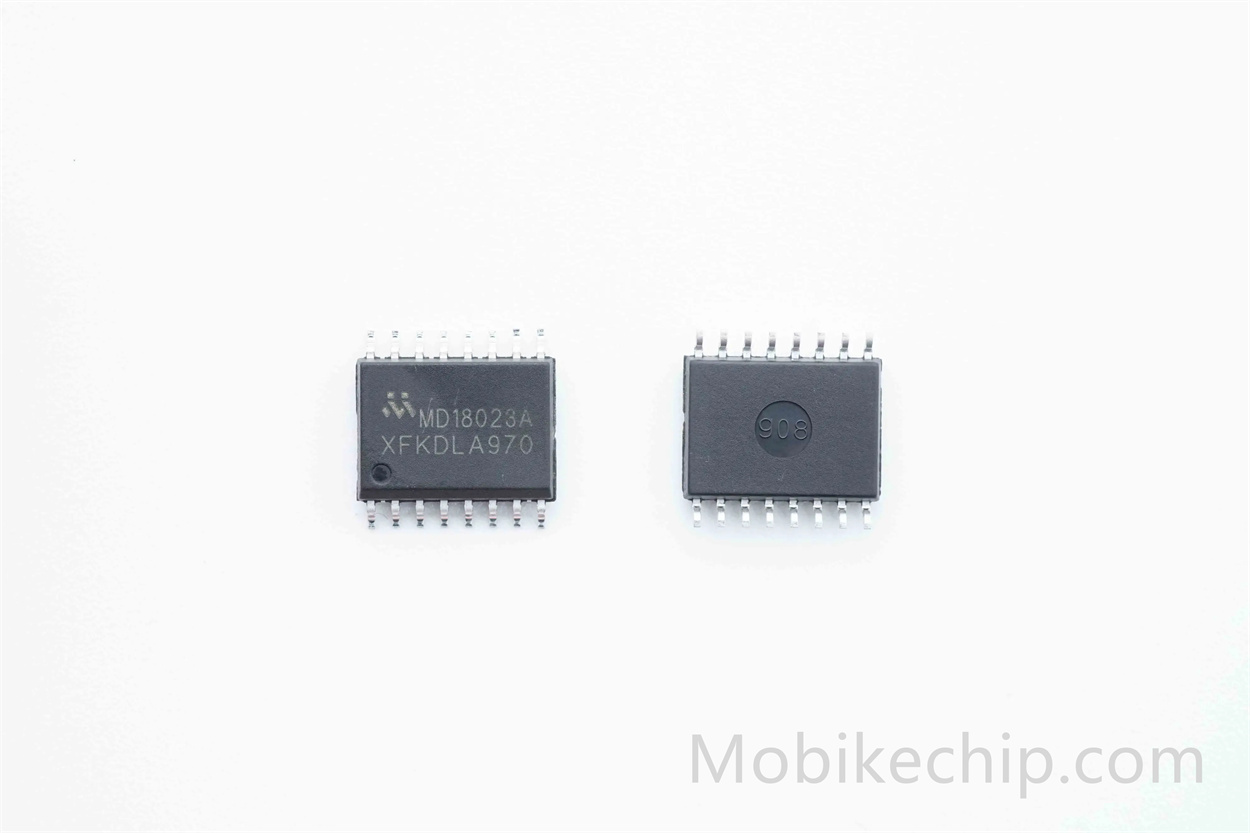
Detector chips leverage advanced semiconductor and electronic principles to achieve high performance. Some of the key technical principles include:
1. Photoelectric Effect
For optical detectors, the photoelectric effect is fundamental. Photons striking the chip excite electrons, generating an electrical signal proportional to the intensity of the light.
2. Charge Accumulation and Readout
CMOS and CCD detectors accumulate charge in response to light, and this charge is read out to form digital signals, enabling high-resolution imaging.
3. Ionization and Energy Measurement
Radiation detectors work by measuring ionization caused by high-energy particles, allowing for precise energy spectrum analysis.
4. Electrochemical Reactions
Chemical sensors detect changes in electrical conductivity or potential caused by chemical reactions on the chip surface.
5. Piezoelectricity
Acoustic and vibration detectors use piezoelectric materials to convert mechanical stress into electrical signals.
Applications of Detector Chips
Detector chips have diverse applications across numerous industries, revolutionizing the way we monitor, measure, and interact with our environment.
1. Medical Imaging and Diagnostics
Detector chips are essential in healthcare technologies:
- X-ray Detectors: Provide high-resolution imaging for diagnostics and treatment planning.
- Glucose Sensors: Enable real-time monitoring for diabetic patients.
- Biosensors: Detect specific proteins or DNA sequences for disease diagnostics.
2. Environmental Monitoring
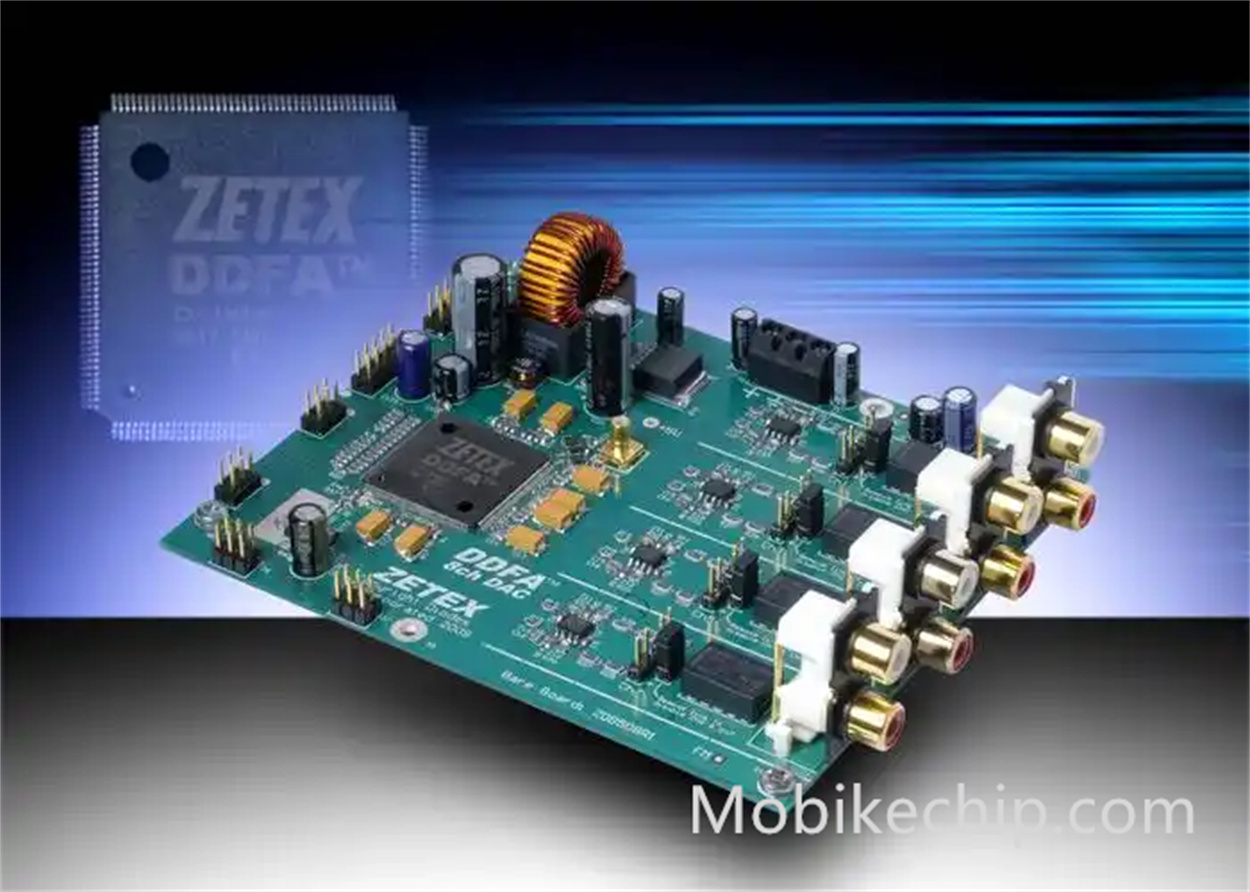
Ensuring environmental safety and sustainability relies heavily on detector chips:
- Air Quality Sensors: Monitor pollutants like CO2 and NOx in urban areas.
- Water Quality Sensors: Detect contaminants in drinking water and industrial effluents.
- Radiation Monitoring: Measure background radiation in nuclear facilities and environmental settings.
3. Consumer Electronics
Many everyday devices are powered by detector chips:
- Smartphones: Use CMOS image sensors for cameras and ambient light sensors for display brightness adjustment.
- Wearables: Include biosensors for heart rate and oxygen level monitoring.
- Home Automation: Gas detectors, motion sensors, and light sensors ensure convenience and safety.
4. Industrial and Automotive Systems
Detector chips enhance performance and safety in industrial and automotive applications:
- Vibration Sensors: Monitor machinery health to prevent failures.
- LiDAR Detectors: Enable autonomous vehicle navigation.
- Flame Detectors: Ensure safety in hazardous industrial environments.
Advantages of Using Detector Chips
Detector chips provide significant benefits, making them indispensable in modern systems:
- High Sensitivity: Capable of detecting minute changes in the environment.
- Compact Size: Suitable for integration into small and portable devices.
- Energy Efficiency: Designed for low-power operation in battery-powered systems.
- Customizability: Tailored to specific applications for optimal performance.
Detector Chips Conclusion
Detector chips are the unsung heroes of modern technology, enabling countless innovations and applications across industries. Whether detecting light, radiation, chemicals, or vibrations, these chips offer unparalleled performance, reliability, and versatility. At MobikeChip, we are proud to provide an extensive range of detector chips to meet the diverse needs of our customers, ensuring top-notch quality and innovation for every project.
About Us
MobikeChip offers a broad range of genuine electronic components from over 2,600 manufacturers at competitive prices. Our product portfolio includes Integrated Circuits (ICs), Discrete Semiconductor Products, Resistors, Capacitors, Relays, Switches, Transformers, Sensors, Transducers, Inductors, Coils, Chokes, Potentiometers, Variable Resistors, Crystals, Thermal Management products, and more.
Category page: Sensor and Detector Interfaces-Interface-Manufacturers-Dealer-MobikeChip
